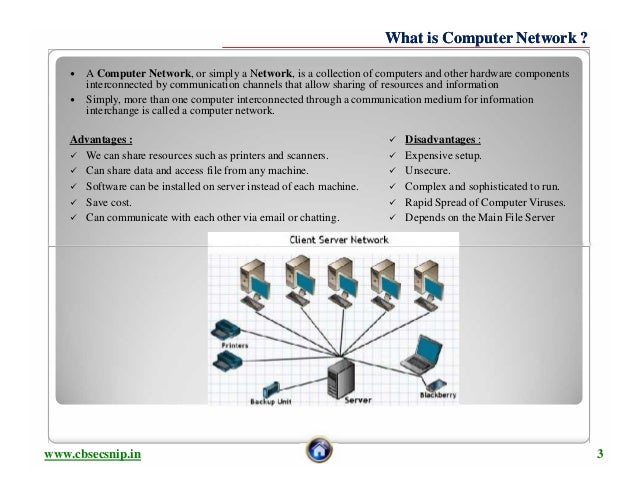Computer Hardware & Networking Notes In Pdf
Different Kinds of Computer HardwareOther than the hardware formats mentioned earlier, there are other types of computer hardware as well. For example, the CPU processes and manages information and can be called the brain of a computer. Then there is the internal bus that connects the motherboard to the video and the sound cards, and the PCI bus that connects the hardware devices to the computer. There are also the northbridge and the southbridge form the core logic chipsets, which control the exchange of information between the hard disk and the computer. The northbridge connects the southbridge to the computer, and they both determine how fast the system can access memory. The external bus is controlled by either the southbridge or the PCI bus. The chipset is used for communication between the CPU and the memory.

The RAM is the random access memory that stores and processes the information that you're working with. The RAM is faster than the hard disk, but it is volatile, which means that it stores information temporarily and loses all information when the power is switched off. The types of RAM are SRAM and DRAM. The BIOS is the Basic Input Output System and consists of the firmware. The firewire connects a digital video camera to the computer. The SATA connects the hard disk drives to the computer, while the eSATA is external SATA.
A hard disk drive consists of platters with magnetic surfaces and it stores information which is not being processed. A hard disk is non-volatile, which means it stores information permanently and the information is not lost in times of power failure. The types of hard drives are IDE and SATA. A solid-state drive is similar to a hard drive but it is not magnetic. The removable drives include a CD-ROM drive that reads CDs; a DVD-ROM drive that reads DVDs, and a BD-ROM drive that reads a Blu-Ray disk.
Computer Hardware And Networking Books Free Download Pdf In English
A CD-writer writes data on a CD and is used for the backup of files. A DVD-Writer writes on DVD, while a DVD-RAM also writes on DVD but it supports more rewrites than a DVD-Writer. A BD-Writer writes on the Blu-Ray disks.
Some old computers still have a floppy disk drive that reads a floppy disk, though those computer systems are now technologically almost obsolete. A USB flash drive reads flash memory. It is small, light, pocket-sized, and portable.
You can also plug-in peripherals, for example, input devices such as a keyboard or a mouse which accept user inputs and convert it into digital data. A user can type using a keyboard, which has various letter and number keys, special keys such as Esc (Escape), Ctrl (Control) and Alt (Alternate), and function keys such as F1, F2 and F3. The Caps Lock key allows the user to type capital letters, while the Tab key moves forward the cursor to the next tab stop.
Shortcut keys are a combination of two keys pressed at the same time, and arrow keys on the computer keyboard serve as navigation keys. The numeric keypad of the keyboard has a layout similar to that of a calculator. When the Num Lock key is on, the keys become a numeric keypad, and when the Num Lock key is off, the keys can be used for navigation.